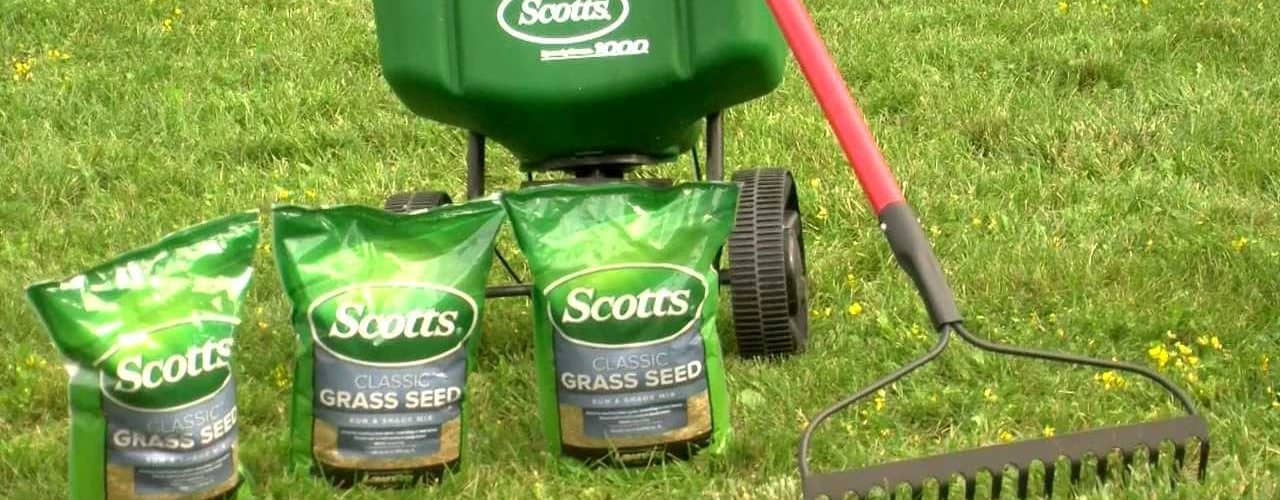This article will discuss the proper method for reseeding a grass lawn; a process that most homeowners will find to be easy and rewarding. The first step in the process is to identify the reason the lawn-reseed is necessary: is there not enough sunlight? Does the lawn have an insect infestation? Does the lawn have a disease? Addressing this problem initially will help you to analyze the cause for a patchy, unhealthy lawn, and also eliminate the need for future reseeding.
Once you have identified the issue at hand, take the proper steps to reduce or remove the cause. If the lawn is covered by shade for the majority of the day, use an appropriate seed (in the steps to be covered later.) If you have an insect infestation, use an appropriate spray to exterminate the problem. More information on this subject can be found at the Scotts website: Solve Landing.
The second step in reseeding your lawn is to prepare the soil. Remove any dead grass (typically the result of mowing) from the soil surface by thatching. If the area you are reseeding is relatively small, you can simply use a garden rake, tines down, to scrape away any dead grass. If the area to be reseeded is larger, automated thatching units are available at garden stores for purchase or rental.
Once you have cleared the area to be reseeded, the third step is to give the soil a quick watering prior to seeding, so that the new seeds will embed themselves into the soil more easily.
The fourth step in the process is to choose your new seed. Many seed manufacturers sell mixtures of seed and starter fertilizer, which help to hasten the germination of new grass seedlings. However, if you are unable to find such a mixture, a separate grass seed and starter fertilizer will suffice. Bear in mind the location and condition of the area of your lawn when choosing a new seed. Most packages will describe the best uses for each individual seed mixture (Sun and Shade, High Traffic, etc.) In general, ryegrass and fescue mixtures adapt well to varying soil conditions, but are not very sturdy and sometimes subject to “burn-out.” Bluegrass is a fine choice, and has an aesthetic quality when mature, but usually will not germinate in marginal soil quality.
The fifth step is to spread the chosen seed into the prepared area of your lawn. Use a hand or wheeled spreader to ensure an even distribution, as well as ensure that you do not over-seed, as this would crowd out any existing plants. Most spreaders have adjustable settings for seeding a new lawn or reseeding. Finally, water your renewed lawn for 7 days in the mornings and evenings – do not water in mid-day as this will cause your seeds to essentially boil in the sun. Also, avoid excessive traffic on the area for about a week, until the new seeds have taken root.



